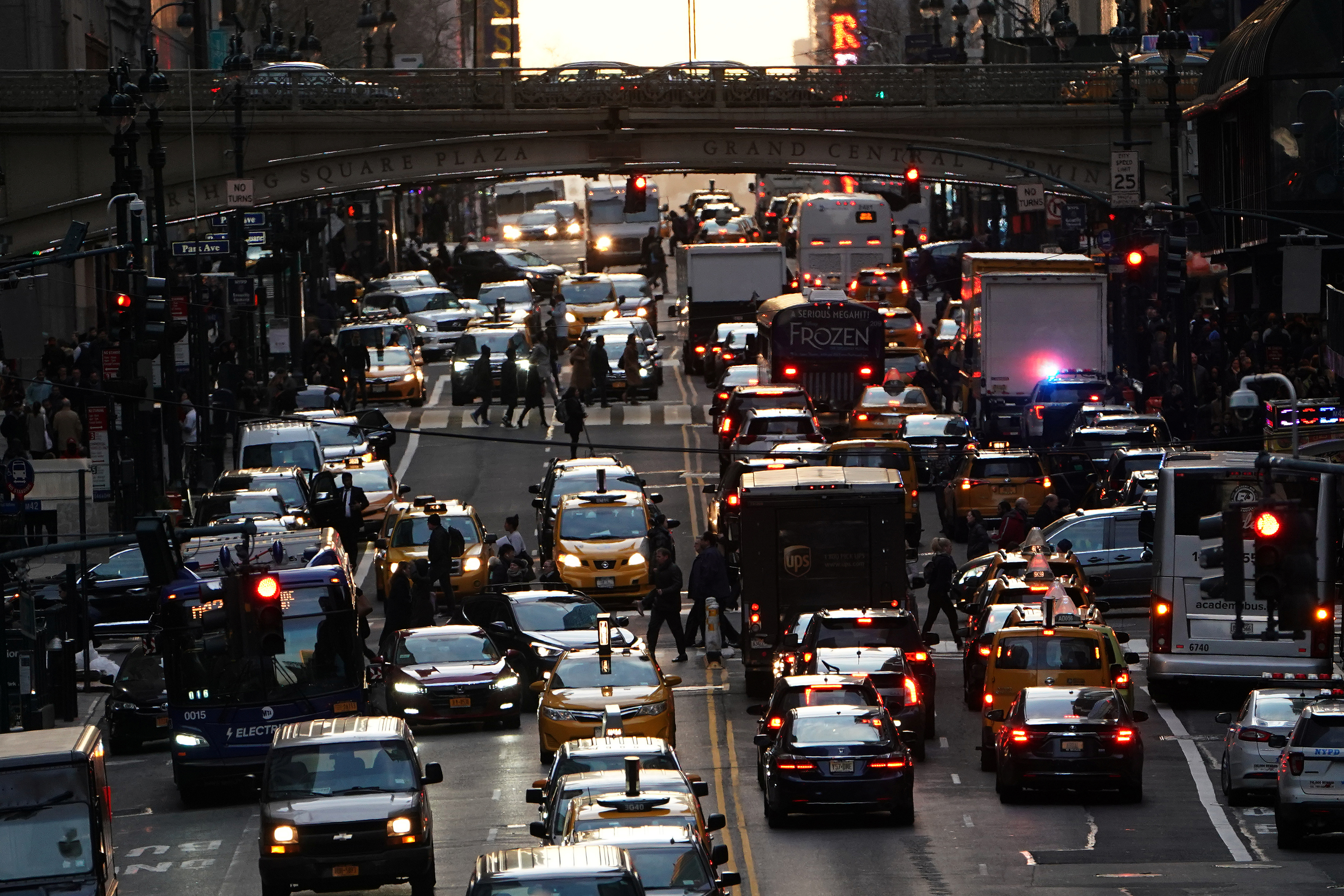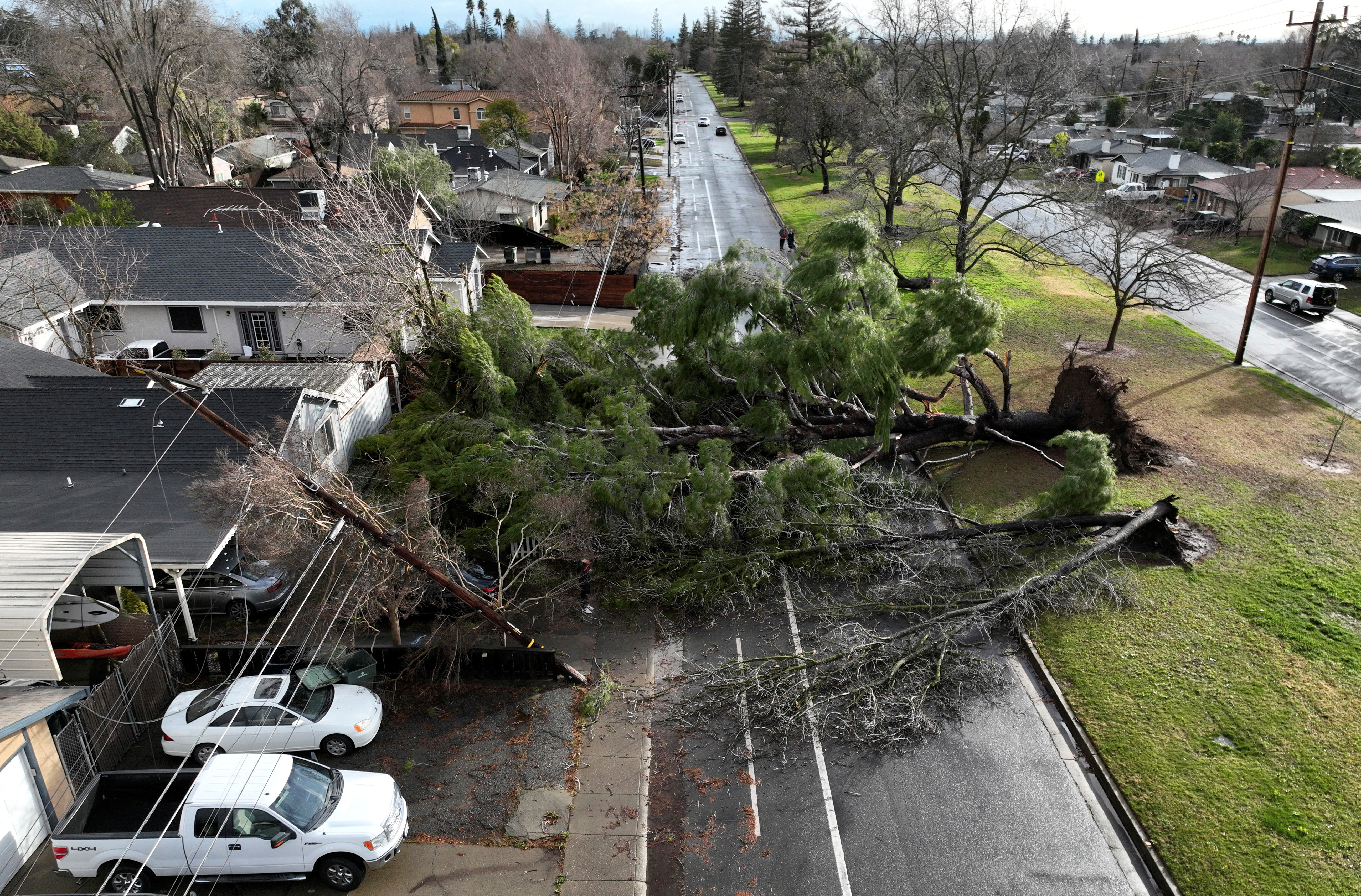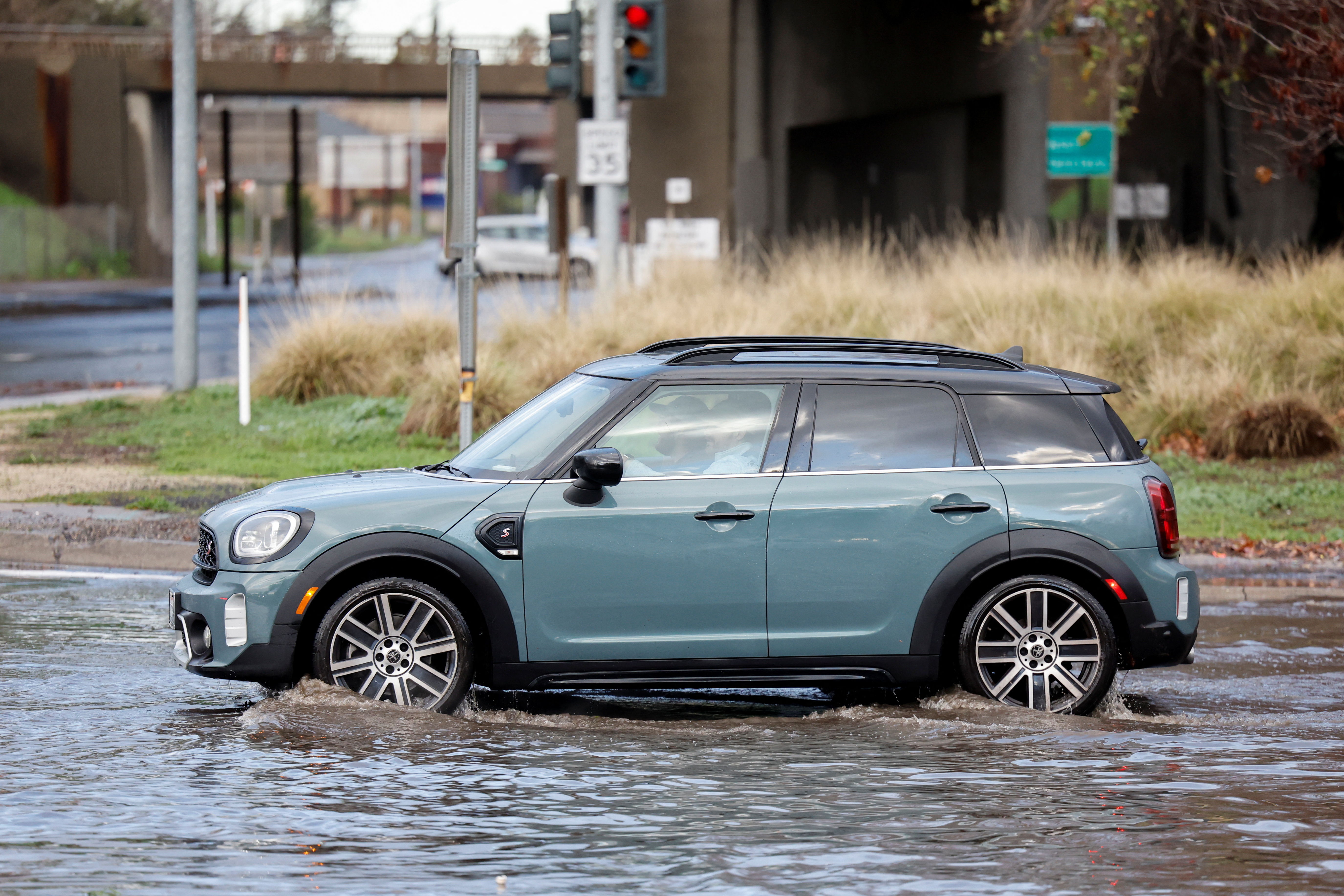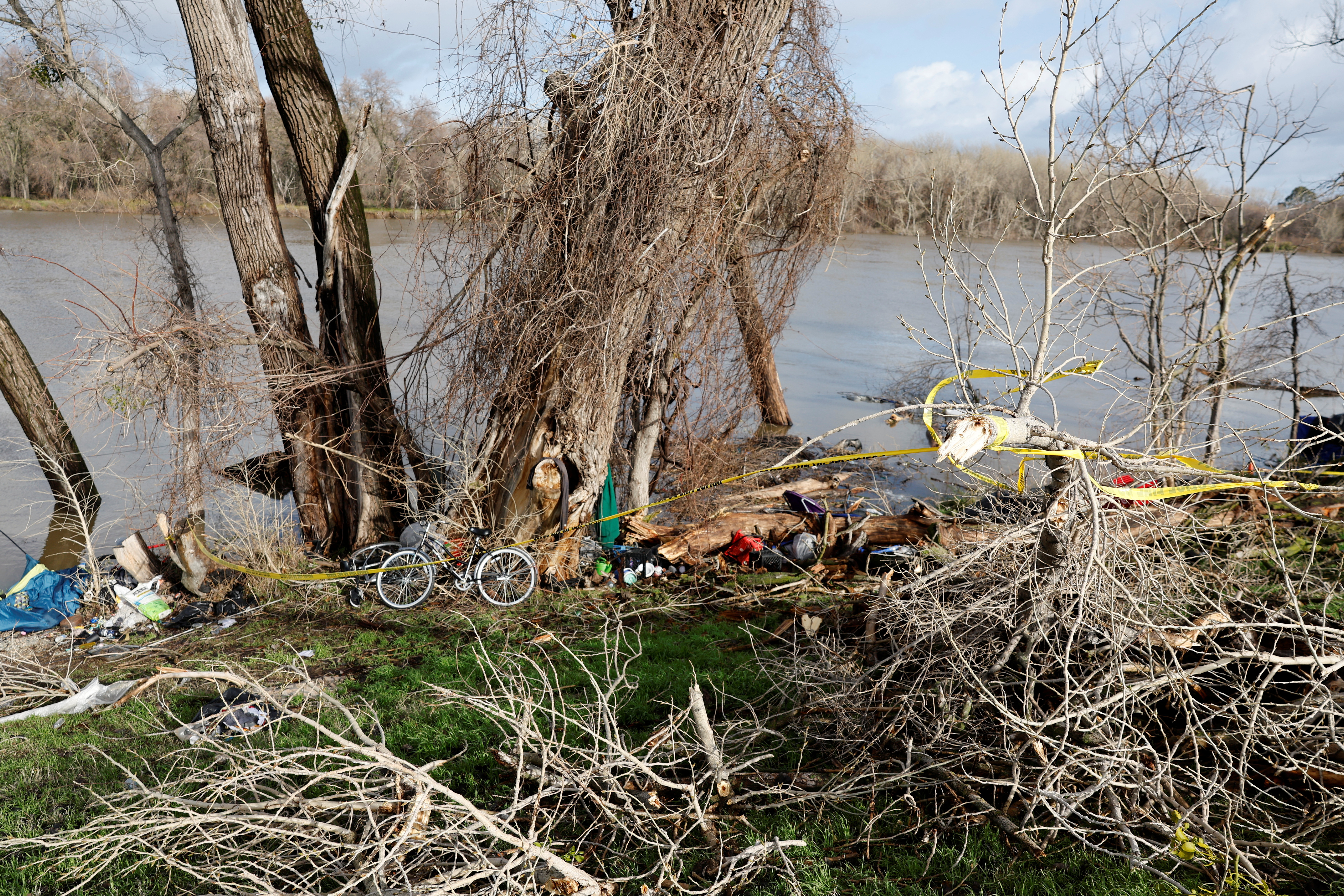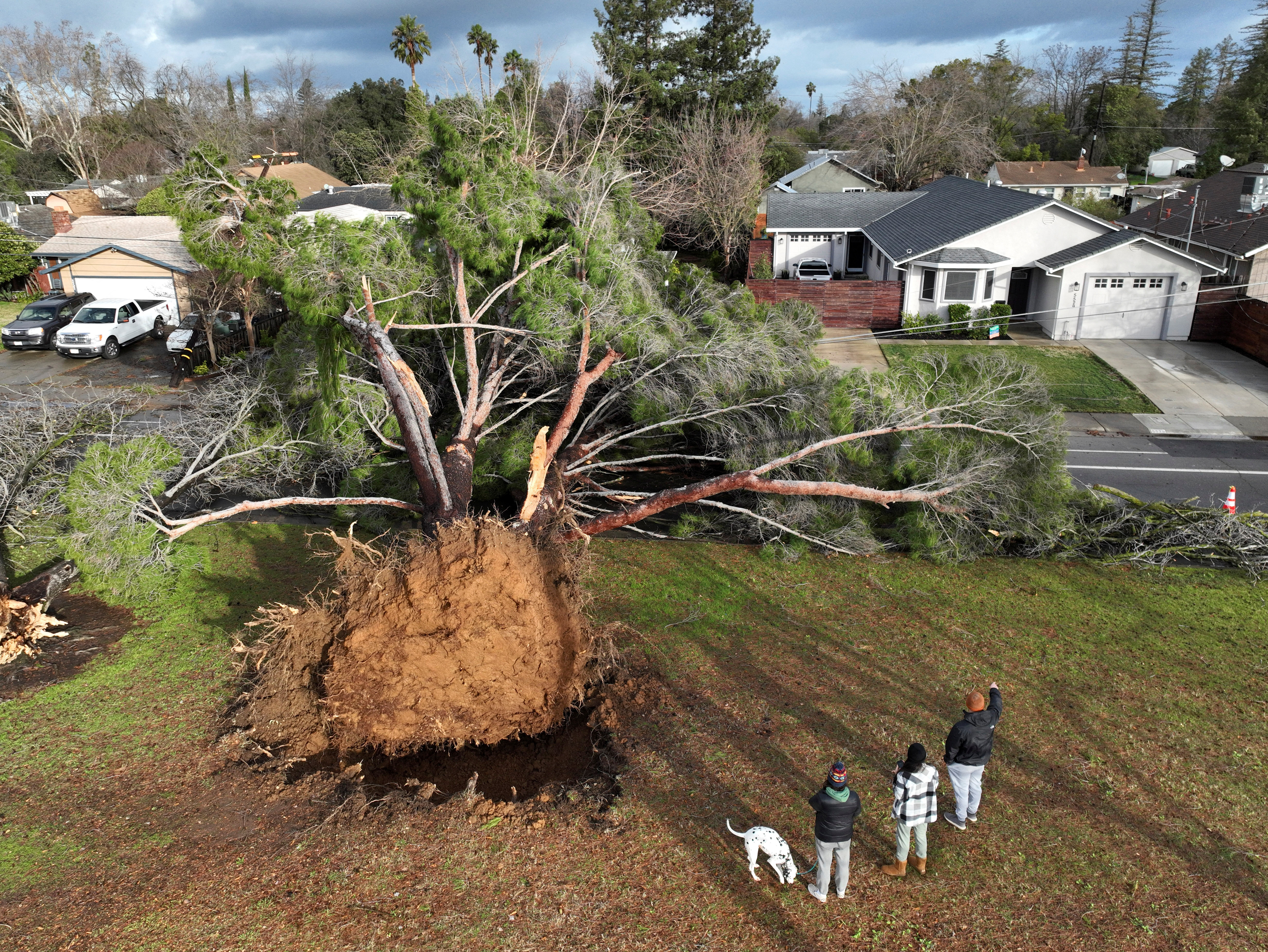DENVER (AP) — Javier Guillen just wanted to get to the United States as he endured a three-month trek from Venezuela, hiking through Central American jungles and spending four days clinging to the roof of a Mexican train known as “the beast” to avoid police and kidnappers.
But when he finally arrived in El Paso, Texas, last week, the 32-year-old settled on a new destination, only one relatively cheap bus ride away — Denver, an additional 680 miles (1,094 kilometers) north from the border.
“It’s the easiest place, closest to Texas, and there are people who’ll help immigrants here,” Guillen said before making his way to one of a network of shelters the city has scrambled to set up.
Over the past month, nearly 4,000 immigrants, almost all Venezuelans, have arrived unannounced in icy Denver, with nowhere to stay and sometimes dressed in nothing more than T-shirts and flip-flops. The influx took city officials by surprise as they grappled with a spate of winter storms that plunged temperatures to record lows and disrupted transit out of the area.
When they appealed to the state to open new shelters, Gov. Jared Polis, a Democrat who had allocated $4 million to help care for the migrants, arranged for those who wanted to travel onward to go by bus to Chicago and New York. That led New York Mayor Eric Adams, also a Democrat, who had already warned his city was being overwhelmed by new migrants, to complain about the transfers from Denver.
The situation illustrates how record numbers crossing the southern border are reverberating northward to cities like Denver, New York and Washington that have long been destinations for immigrants — but not busloads of them showing up all at once, straight from the border and with no resources.
“They are getting a taste of what border cities have been facing,” said Julia Gelatt, a senior policy analyst at the Migration Policy Institute in Washington. “The fact that people are showing up in groups with a need for basic services really is new for northern cities.”
In some instances, Republican governors — primarily Texas Gov. Greg Abbott — have tried to drive home that message by transporting immigrants straight from the border to New York or near Vice President Kamala Harris’ Washington residence in the nation’s capital. Last year Florida Gov. Ron DeSantis also sent some to the resort island of Martha’s Vineyard.
It’s not clear precisely how Denver became a new destination for Venezuelans fleeing their country’s economic and political chaos. Advocates had detected small numbers arriving from the border earlier in 2022 and warned the route was becoming increasingly popular.
Then, last fall, many traveled to the U.S.-Mexico border in hopes the Biden administration would end a pandemic regulation that lets the country automatically return asylum seekers to Mexico. Instead, President Joe Biden added Venezuelans to the nationalities covered by the rule in October. Venezuelan crossings dropped at the border, but then something changed in Denver.
Whatever the trigger, the number of migrants arriving in the city spiked dramatically in December to sometimes 200 a day, just as a bitter winter freeze and record low temperatures swept through. The storms snarled roads out of the city and canceled several scheduled bus trips to points east, stranding many in a city already struggling to shelter its homeless population.
In response, Denver converted three recreation centers into emergency shelters for migrants and paid for families with children to stay at hotels, allocating $3 million to deal with the influx. It reassigned workers to process the new arrivals, assign them to shelters and help them get on buses. Residents donated piles of winter clothing.
“Cities and states are ill-equipped to deal with this,” Mayor Michael Hancock said in an interview. “Whether you’re on the border or in Denver, Colorado, cities are not set up for this.”
Amelia Iraheta, a city public health employee reassigned to work with the migrants, said one man reported walking from the border and arrived with a broken foot. One woman, who reached Denver barefoot, still had her feet covered with cactus spines after walking through the borderland desert. Most wore just the clothes on their back — woefully insufficient for the subzero temperatures.
“Coming into Denver in the peak of winter, conditions were not exactly what I think they had been expecting,” Iraheta said.
Most weren’t intending to stay long. The city and state say about 70% of the more than 3,800 migrants who’ve come to Denver since they began tracking on Dec. 9 planned to go elsewhere ultimately. More than 1,600, the city says, have already left town on their own accord.
Polis’ office said he was not available for an interview. “The state’s priority is ensuring people are receiving the resources they need and can reach their desired final destination, which is the opposite of actions other states have taken to send people to places they likely had no intention of going to,” spokesman Conor Cahill said in a statement.
Jennifer Piper of the American Friends Service Committee, which has worked with the city and several nonprofits to help the migrants, inspected one of the buses before it left Denver. She said all passengers agreed they were on it voluntarily and that almost all had friends or family in New York or Chicago to stay with.
“These are grown-ups in control of their own destiny,” Piper said. “The reality is they were going to be on Greyhound buses eventually.”
The city has set a 14-day limit on stays in the emergency shelters and is talking to other agencies and nonprofits about opening longer-term facilities. It’s unclear how Biden’s new immigration policy, which opens an additional 30,000 monthly slots for asylum applicants from Venezuela and three other Latin American nations, will affect the flow into Denver.
“I really think this is not a flash in the pan,” Piper said. “Denver is now on that route, and I don’t think that will shift for at least the next 5-6 months.”
It may last longer. Alexander Perez, 23, took the same daunting, monthslong overland journey through Colombia, Central America and Mexico as many other Venezuelans. It includes a particularly brutal stretch of jungle isthmus into Panama known as the Darien Gap, devoid of any roads and plagued by armed marauders and deadly natural perils.
Along the way he kept thinking about joining a cousin in New York. Following a week in El Paso, he hopped a bus to Denver with the intent of continuing northeast. But after finding a warm welcome and, eventually, a hotel room, he began to reconsider his itinerary. He needed to make some money before heading on.
“Sometimes God leads you places,” Perez said, standing outside a supermarket, eyeing mounds of dirty snow.
Maybe, Perez mused, he could stay and earn some money shoveling.


